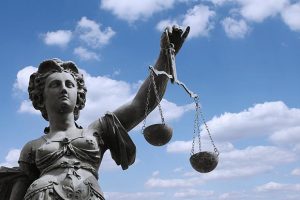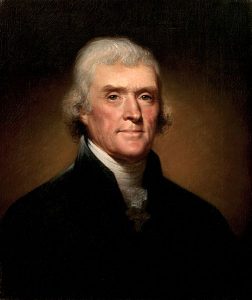A New Era: The Rule of Law in the Trump Administration
 Well, here we are, January 20, 2017, and Donald J. Trump has been sworn in as this nation’s 45th president, though he achieved that position by losing the popular vote by the widest margin of any winning candidate in recent history (2.9 million more people voted for Democratic candidate Hillary Clinton), and he arrives at his new position with the lowest approval rating of any president in recent history.
Well, here we are, January 20, 2017, and Donald J. Trump has been sworn in as this nation’s 45th president, though he achieved that position by losing the popular vote by the widest margin of any winning candidate in recent history (2.9 million more people voted for Democratic candidate Hillary Clinton), and he arrives at his new position with the lowest approval rating of any president in recent history.
As numerous others before me have written, President Trump’s campaign was not traditional in any number of ways, and I expect that his presidency will follow that trend. For some, that’s been the whole point. For others, that’s a less-than-inspiring harbinger. I wrote this summer about my concern about the candidate’s rhetoric, proposed policies, and the rule of law.
Though he has since backed off some of his campaign promises (for example, about having a special prosecutor investigate rival Clinton for her use of a private email server—a favorite chant at his rallies was “Lock her up!”), nothing since that time has changed my view. I continue to believe that the president won’t be appreciably different from the candidate.


